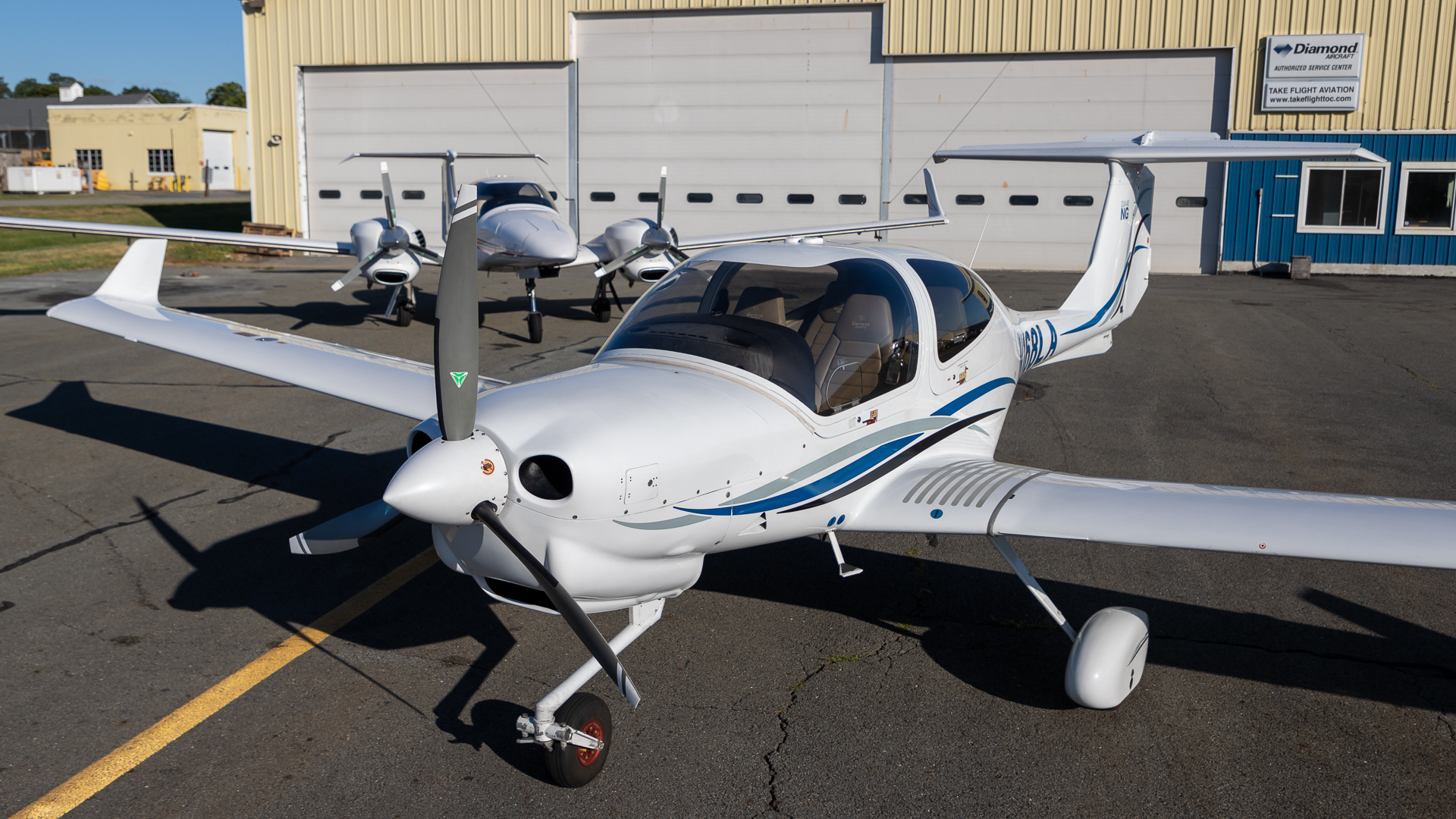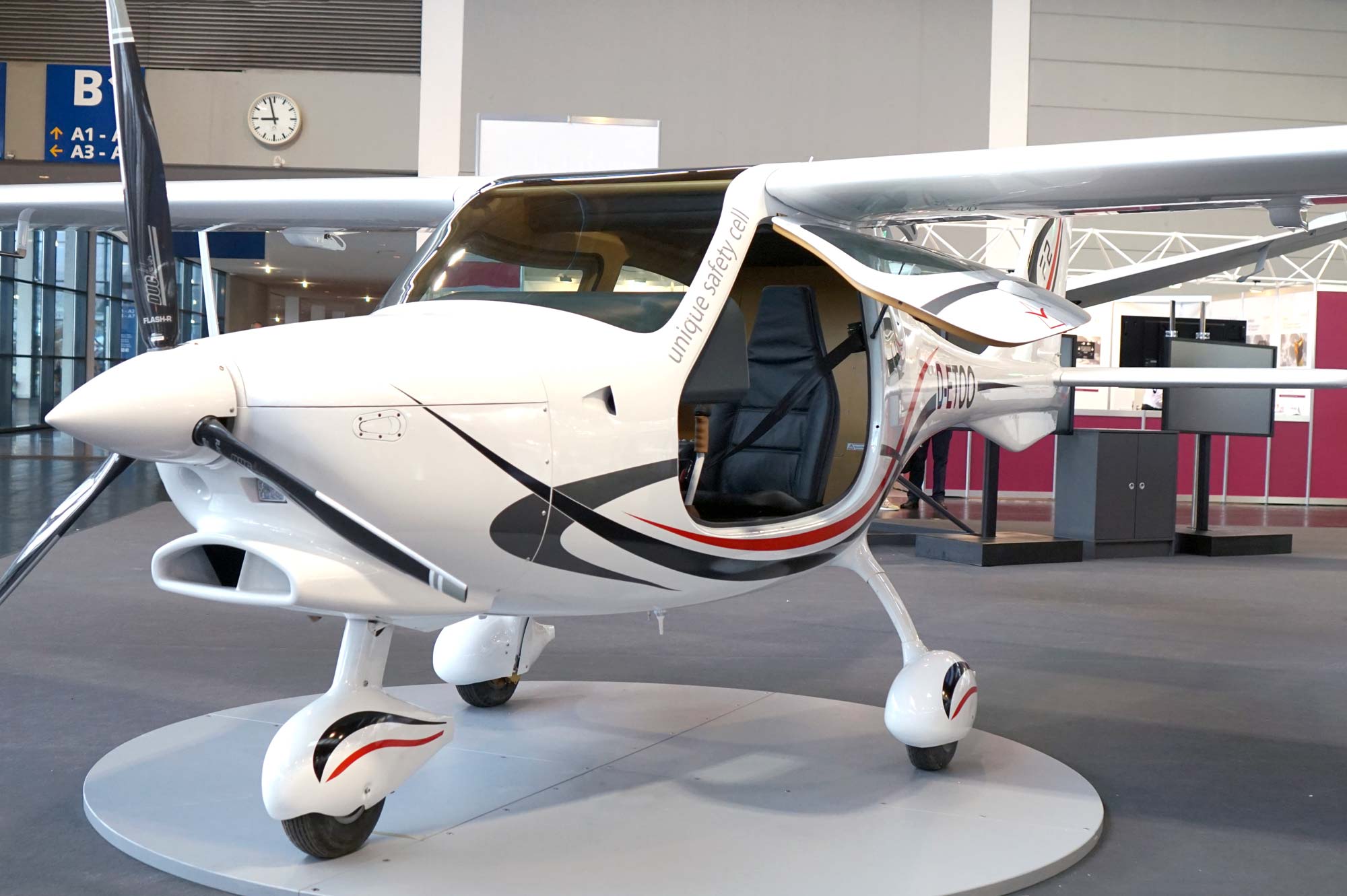Safest Small Aircraft - What is the safest single-engine plane for a family of four or more? Which flight should you choose, for transportation and entertainment, to keep your family safe?
Up to four entries. Two of the "old believers" of conventional aircraft - the Cessna 172 and the Piper Cherokee - have safety records spanning more than a century. Others - Diamond DA40 and Cozy MK IV - are newcomers with short but excellent track records.
Safest Small Aircraft
As a geek with time to stick with single-engine aircraft, I'm very interested in safety. It is my pleasure to walk you through what I have learned.
Aircraft For Transportation Of A Large Number Of People. The Safest Air Transport.transport Single Icon In Flat Style Vector Symbol Stock Web Illustra Stock Vector Image & Art
Aviation safety records can be very flawed. Statistics need to be taken into context before an informed decision is made. For example, the raw data shows that the accident chart of aircraft manufacturers is as follows (according to the Aviation Safety Network):
At first glance, you might think we should all avoid those happy Skyhawks and Cherokees like the plague. However, we have come to know and trust their manufacturers to produce strong, reliable aircraft that have faithfully served the aviation community for decades.
Of course, the secret is to look at the number of accidents by how many airframes of each type are out there, and the hours those planes fly. The most popular and ubiquitous private jets certainly have many risks, as they represent many hours of flying.
In the case of the Cessna 172, according to NTSB statistics, 340 people lost their lives in Skyhawk crashes, second only (in single-engine aircraft) to the Piper Cherokee, with 378 fatalities. However, when we look at the number of Skyhawks in service, the picture changes dramatically.
Should Lap Babies Be In A Car Seat? What Experts Say Is The Safest Way For Small Children To Fly
Break down the numbers and you'll find that the Cessna 172 has a fatality rate of 0.56 per 100,000 flight hours, leading us to conclude that the Skyhawk is not only the world's safest single-engine aircraft, but the world's safest. the world, the era.
Reserve it, take care of it properly, and stick to the checklists right away, and your family will be safer in the Skyhawk than in your car on the highway. But can anyone safely argue with a height of 172?
Although not as flashy as the 172, the Piper Cherokee's safety record is 2.01 per 100,000 hours. The cause of most of those accidents was not aircraft error. Why do perfectly reliable, serviceable planes end up crashing?

The data shows that Cherokee crashes were caused by inadequate maintenance and driver error. In one such case, the plane's exhaust manifold was found to be blocked with broken pieces inside, due to a pre-existing problem that should have been discovered during a routine inspection.
Fly Without Fear: Crash Data Reveals The Safest Seat In A Plane
Some of the Cherokee crashes were found to be caused by insufficient preparation by the cross-country pilot, as well as terrain disturbances when flying in mountainous, foggy terrain.
You can buy an airplane with the best safety record in the world, but if it is not used properly, its safety record cannot prevent an accident. One might argue that the safest single-engine family plane is one operated by a careful pilot.
The winged family of Cessnas—the 172 being the most common—owes its safety record to its aerodynamic stability. The center of mass is under the wings. That's coupled with the Skyhawk's strong determination to maintain a steady airspeed, making it very forgiving and easy to fly.
But there is another competitor on the scene. Enter the Austrian Diamond DA series, with an impressive 0.16 deaths per 100,000 flight hours. However, the number of diamond airframes is small compared to Cessnas, so the number may change over time.
Airlineratings Names Safest Airlines In The World: Qantas The Safest 2020
How did Diamond stack up to challenge the venerable Cessna, longtime queen of aviation safety? To answer that, we need to look at two aspects of flight safety: active safety and passive safety.
Functional safety refers to the prevention of accidents. The Diamond DA40 is a stable aircraft, despite its low wing. The modern Diamond design gives the wing a high aspect ratio, combined with low wing loading, which contributes to stability and safety.
The wing ratio is found by dividing the square of the wing by the area of the wing. A long, narrow wing achieves a high level and results in a very stable flight.
To calculate wing loading, divide the total weight of the aircraft by the wing area. The wing area of the DA40 is large, given the low dimensions of the airframe, so the wings are less loaded and the aircraft is more forgiving to fly.
Top 8 Safest Private Jets In The World (with Pictures)
Due to its single-tip construction, with the same cross beam supporting the wings and landing gear, the aircraft's center of flight remains low, contributing significantly to roll stability. Like the C172, if no control input is given, the DA40 will tend to self-balance its wings.
Despite the low wing, the DA40 offers excellent all-round visibility, which has a significant impact on safety. The wing is very long compared to the equivalent Cessna. In fact, access to the cockpit is by a step from the leading roots.
Therefore, the low wing does not significantly affect the pilot's view of the area when approaching. The low-wing design improves visibility while banking so the pilot can maintain visual contact with the runway while turning point-to-point when flying a traffic pattern.
The highly efficient wing gives the aircraft the safest landing characteristics. The stall speed of the DA40 is low and when the aircraft enters a stall the controls remain responsive, allowing the pilot to push the nose down and regain the required airspeed.
Cirrus At 25: A Safer Airplane?
The DA40 has good crosswind capability. Since most airplane accidents occur during takeoff or landing, anything that helps the pilot face the wind will ultimately improve safety. Using rudder input versus aileron input, it is simple to keep the aircraft parallel to the runway.
Takeoff is short and hill climb performance is impressive, allowing for less dwell time and easier obstacle clearance. System redundancy is another major safety feature—the stand-by flight instruments sit above the main Garmin flight and navigation screens.
Pilot work is low and manageable thanks to the glass pit design and excellent autopilot. Therefore, if an abnormal situation occurs, you are free to identify and deal with the problem, while the avionics help you maintain a safe, high-quality flight with positive situational awareness.

All of the above factors combine to make a crash highly unlikely for the DA40. But what if it's a bad day, the holes in Dr Reason's Swiss Cheese Model line up and we find ourselves in an emergency landing or crash? This is where passive safety comes in.
How Aviation Safety Has Improved
So, despite all the safety precautions taken, if a crash is inevitable, what can the DA40 do to increase your family's chances of traveling, safe and sound? Diamond has some very advanced structural tricks up its sleeve.
Again, think about your car, comparing it to the car your mother and father or your grandmothers drove in the twentieth century. Early cars did not fare well in crashes because they lacked a reinforced passenger safety cell, an important feature for preventing injury and death.
Similarly, the Cessna Skyhawk's sleek, spacious cabin and high ventilation recall the horse-drawn concept on which the first cars were based. In a high-g-load impact, such a design provides little protection to those inside, quickly disintegrates and exposes occupants to serious injury.
Just like in Formula 1 motor racing, where structural improvements have created a reinforced monocoque that allows drivers to survive horrific g-force crashes, the DA40 boasts an integrated cage frame, resistant to deformation and penetration, which provides protection. a place to survive in case of an accident.
Top 5 Reasons To Fly Small Aircraft
The DA40's cabin position is designed to keep occupants' heads away from rigid structures. Light shields break on impact to reduce the risk of injury. Even with switches designed with safety in mind, Diamond opted for a blunt toggle instead of a switch type.
The DA40 seat covers are designed to absorb the force of a crash and have anti-submarine panels to prevent occupants from pitching forward on impact. Non-critical parts of the structure are allowed to fail during the fall, absorbing energy.
Aircraft safety isn't just what engineers do on the drawing board. The aircraft's structural strength, mechanical reliability, system redundancy, aerodynamic stability and build quality are taken care of before the owner takes delivery. They all play a role in security, but that's not all.

The most dangerous part of the car, the old joke says, is the nut behind the steering wheel. It's the same with an airplane. Even the safest aircraft in the world can be a death trap in the hands of a pilot who lacks skill, knowledge or caution.
Are Helicopters Safer Than Planes?
There is something
Aircraft appraisal online, free aircraft appraisal, aircraft appraisal services, aircraft appraisal cost, aircraft appraisal jobs, aircraft appraisal course, aircraft appraisal training, business appraisal, rolex appraisal, appraisal software, 409a appraisal, aircraft appraisal report
Post A Comment:
0 comments so far,add yours